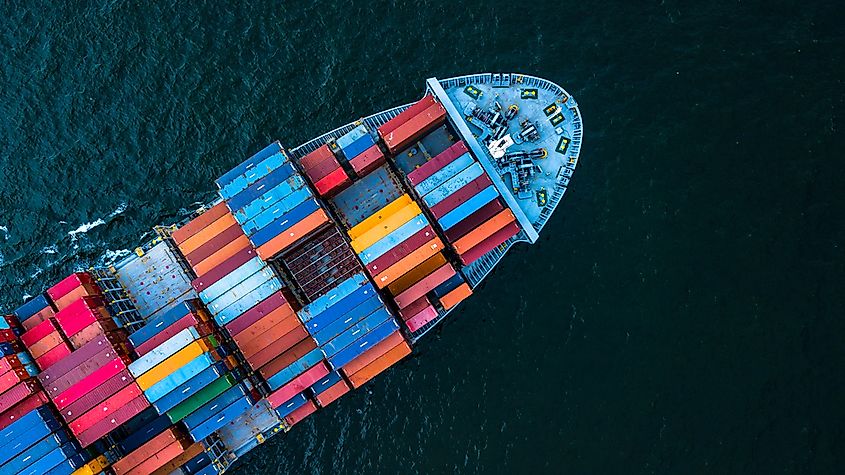What Is The Economical Self-sufficiency Of A System?

- The USA exports 7% of its total energy production.
- When it comes to freshwater resources, the USA comes as the third country in the world after Canada and Russia.
- Today, more than 15% of the planets population depends on food produced outside of their respective countries.
The self-sufficiency of a system can be viewed as a feature that allows a particular system to exist without the help of other systems. However, this is an ideal-type of definition, one that it is almost impossible to find if we escape the theoretical realm of explanation.
You might think, planet Earth is a self-sufficient system, because all the resources we need are here, right? But, what if there was no Sun, for example. There would be no light, and no light means no photosynthesis of plants, which means no food for anyone.
Interdependence Vs. Self-Sufficiency
Now, let us imagine that the Sun will not run out of hydrogen in the next 5+ billion years, as the scientists suggest. Would this mean that all countries do not have to worry about the production of food? Not at all. By today’s estimates, more than 15% of the global population is very much dependent on food that is produced somewhere else.
By definition, this means those systems (or those countries) are not self-sufficient. This story expands far beyond such a vital resource like food, and in today’s day and age, countries depend on each other, whether they liked it or not. It is estimated that by 2050, more than 50% of all the people in the world will depend on food production elsewhere.
Economic Input Vs. Economic Output
There are some factors that allow us to create a scale to determine how self-sufficient a particular country is. This always involves the time variable: for how long can one country sustain the well-being of its citizens, without depending on someone else? This largely depends on the balance between imported and exported goods.

If a country wants to achieve economic self-sufficiency, it needs to have enough raw materials. Raw materials are referred to as input, and the production is labeled as output. The bigger the input of a particular country is, the greater the chances are that it can become self-sufficient.
Self-Sufficiency Of The United States Of America
By recent approximations, the United States of America is the most economically self-sufficient country in the world.
The USA has an abundance of various energy resources, so they can even export energy and sell it to other countries. The country is rich with gold, coal, shale gas, and even uranium. Although the US still imports 12% of the total amount of crude oil they spend, this is not because they do not have their own oil reserves, but because the economic strategy is set up like that.
The United States of America are also very rich when it comes to metals like iron or steel. That is why they are one of the most influential countries in the world when it comes to vehicle production: cars, ships, airplanes, all are built in the US. Finally, when it comes to the creation of crops like corn and wheat, the USA is one of the biggest producers in the world.











